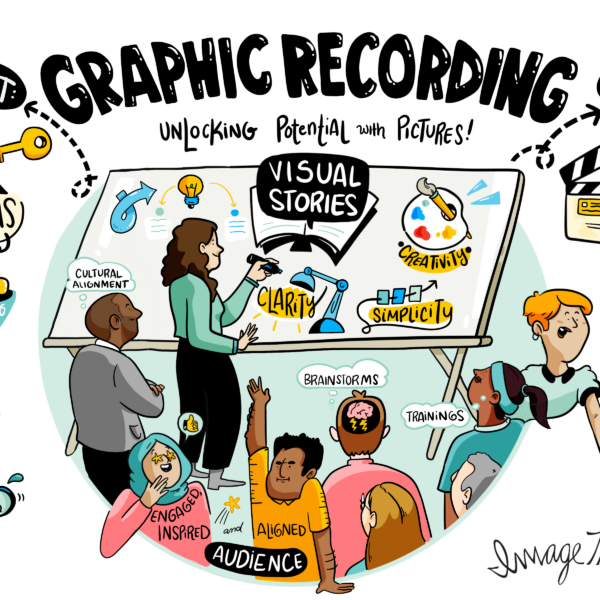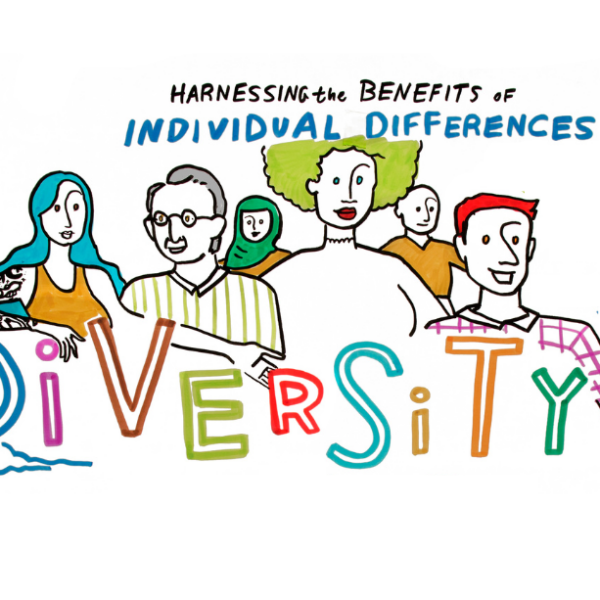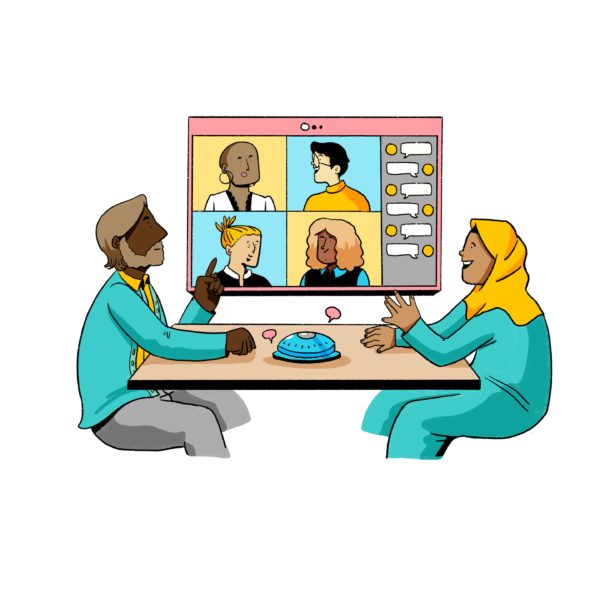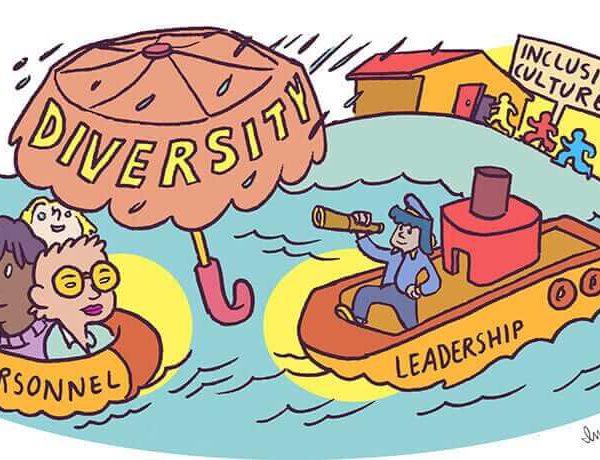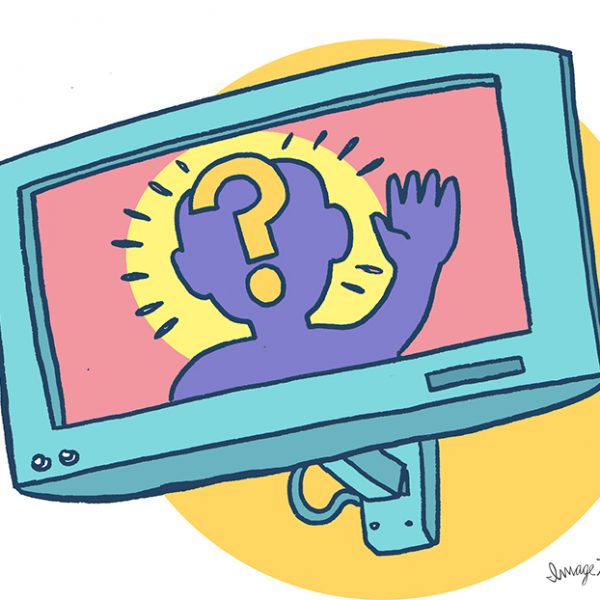In the past few years, a resurgence of interest in diversity, equity, and inclusion (known as DEI) has prompted organizations to prioritize DEI initiatives. From disclosing diversity numbers to goal setting, organizations have taken great strides toward a more diverse, inclusive, and equitable workplace.
Any organization that has renewed their focus on DEI knows that it reaps real benefits – increasing talent pools, engagement, and revenue, to uncovering new markets, opportunities, and innovations – to name a few. Yet, despite the positives, there are still many organizations that struggle with setting goals and executing plans to shorten the gap.
One article from Harvard Business Review states, “For data reporting and goals to be effective, they must be detailed to create transparency; shared with insiders and the public to induce accountability; and accompanied by action plans to promote change.” As it turns out, this type of goal setting and planning is something we do with our clients and partners each day, with one powerful tool – graphic recording.
Supportive Brush Strokes
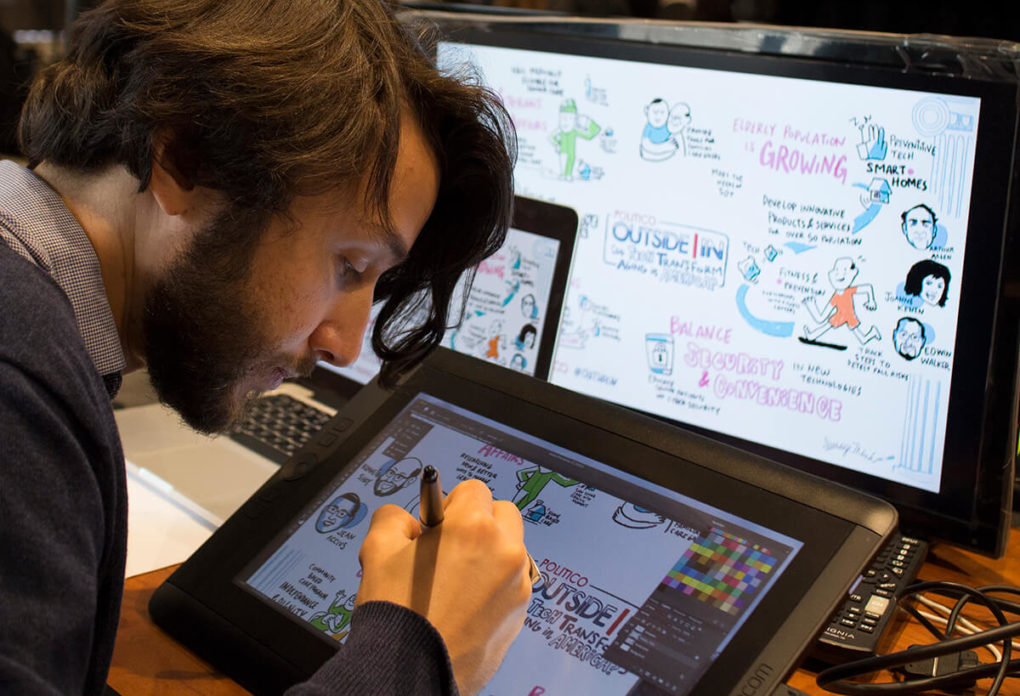
At ImageThink, we push creative boundaries to demonstrate the intersections of art and business. But, as artists, there is also an overlap between DEI and what we do. Graphic recording provides the support needed to execute major culture shifts, strategic plans, and organizational transformations.
Inclusivity
As practitioners of visual strategy, it is our job to lend a professional, but empathetic ear to discussion. We compartmentalize what we hear and illuminate insights to elevate and amplify the voices in the room. All in all, it has a naturally inclusive element.
Graphic recorders make individuals feel included in the conversation, and the project itself. Illustrating responses creates equal weight where no one person dominates the discussion. In fact, the exact opposite happens – visuals unlock individual potential and create more opportunities for meaningful collaboration.
When we facilitate, we intentionally involve all attendees by asking each for input. Capturing their responses makes individuals feel and see that their opinion and perspective is respected and adds value to the discussion. With various creative exercises, we give teams the chance to co-create, understand each other’s roles along with their own, and see how each piece fits and adds to the bigger picture.
Visibility
Representation matters. It’s more than a slogan or catch phrase. One way to walk the walk is to make sure your meetings are welcoming to all is by depicting all.
Like movies, print advertising or any form of visual media for that matter, graphic recording has a large impact on real-life perceptions. The way a visual strategist chooses to illustrate a person, group, or culture can influence how people view and understand others. For that reason, graphic recording can either amplify a perspective, or flatten it out.
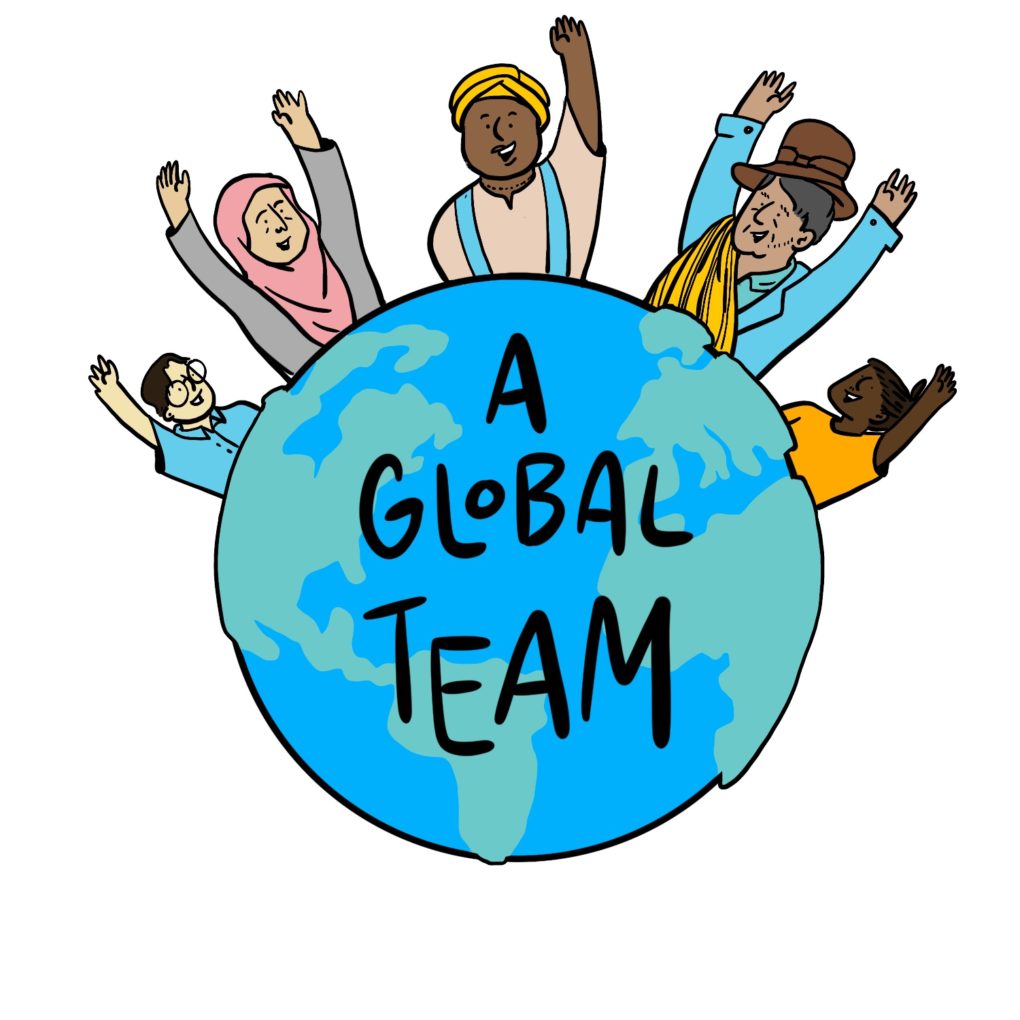
It is our responsibility to create work that is reflective of the world we live in. By depicting different genders, races, or ethnicities, our work aims to provide visibility to those underrepresented to ultimately broaden the lens of organizations.
Accountability
Visuals hold individuals and teams accountable. Through visualized insight and strategic planning, courses of action, objectives, and intentions are solidified.
Setting measurable DEI goals and determining objectives is essential. But, without outcomes, action items, resources, and clearly defined roles, progress will stall. A key component of ImageThink graphic facilitated sessions is assigning and visualizing action items and owners. Whether it is a journey map of a future casting exercise, the work on the board is only ever the beginning.
A tangible, visual roadmap documents discussions and achievements of a session. Beyond that, it can uphold commitment to the goals that were set. Digital rendering of the artwork creates internal and external sharing to induce accountability. When internally shared, the work will keep employees focused and motivated on progress, and when externally shared, it will provide transparency among stake and shareholders.
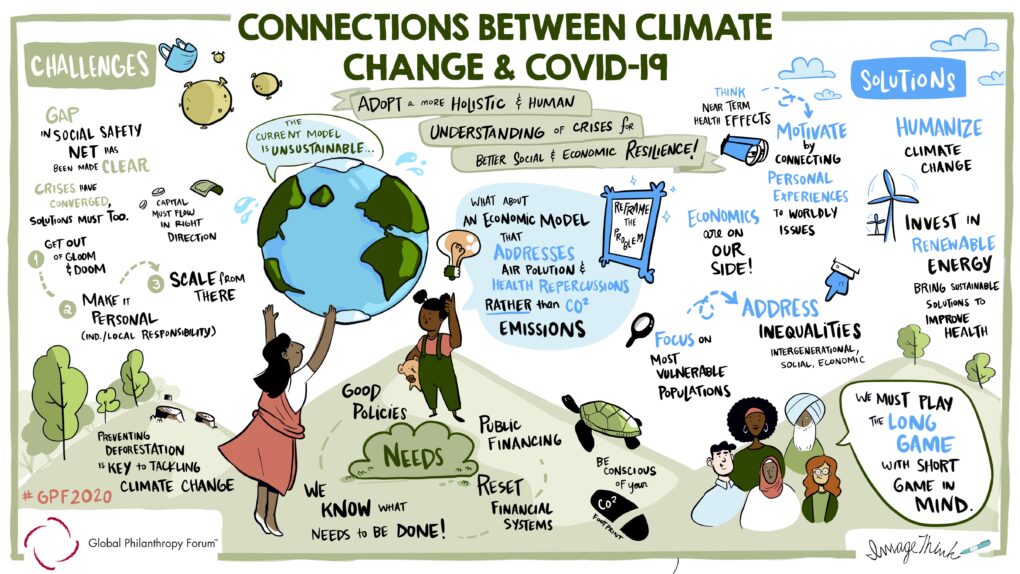
A surefire way to get closer to reaching your DEI goals is to share a vision of the end goal. Murals and strategic visuals can’t be easily ignored or tucked away like Word documents or email memorandums. If your aim is to increase the number of non-majority demographics in leadership positions at your organization, visual support can help move the dial toward change. Give us a call today to schedule a strategic planning session with the ImageThink team.
